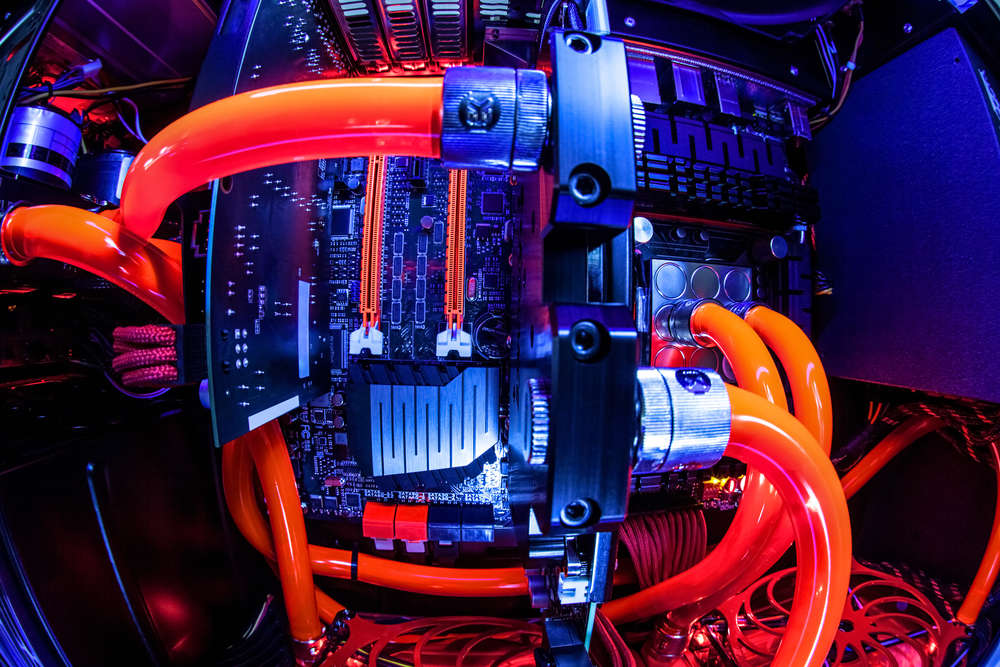With power consumption at an all-time high, organisations need to move past their ‘data centre hydrophobia’ and embrace innovations in liquid cooling to usher in greater efficiencies within the DC environment. According to the Green Grid, doing so can reduce energy usage, improve IT equipment (ITE) performance, and decrease total cost of ownership (TCO).
Today there are 4.9 billion connected devices globally, according to Gartner, and Cisco has forecast that this figure will increase to 50 billion by 2020. This rising connectivity creates more data that needs to be stored, meaning that one of the greatest future challenges within the data centre industry will be improving energy efficiency and reducing operating costs.
As data centre facilities can do little to influence the rising rate of data consumption, Roel Castelein, EMEA Marketing Chair at the Green Grid, suggests organisations should embrace liquid cooling to improve overall efficiency.
He explains: “There’s no escaping it, data volumes are growing and doing so at an exponential rate. While data centres have successfully adapted to support growing data exchanges - by offering scalable power and cooling systems to allow servers to consistently perform and prevent downtime - efficiency remains a key choke point. Fortunately, many new liquid cooling technical developments and products have entered the market, with the potential to offer facilities significant efficiency gains.
“These new developments transcend the power and performance limitations inherent in air-cooled IT hardware, while reducing IT and cooling energy. In practice, they range from simply retrofitting existing major server brands with liquid-cooled heat sinks to implementing complete rack-based systems with integrated coolant distribution units (CDUs). These systems can interface with existing facility system cooling loops, or they can be independent and self-supporting by means of supplemental external heat rejection systems, such as standard fluid coolers.
“There are many reasons for both IT and facilities to explore leveraging the benefits of liquid cooling, not least improved IT performance and a reduction in IT and facility energy usage and space, which results in the overall reduction of total cost of ownership (TCO). And, with liquid cooling becoming more commercially viable, it won’t be long until liquid cooling is one of the most cost-effective options to cool ITE in data centres,” Roel concluded.





